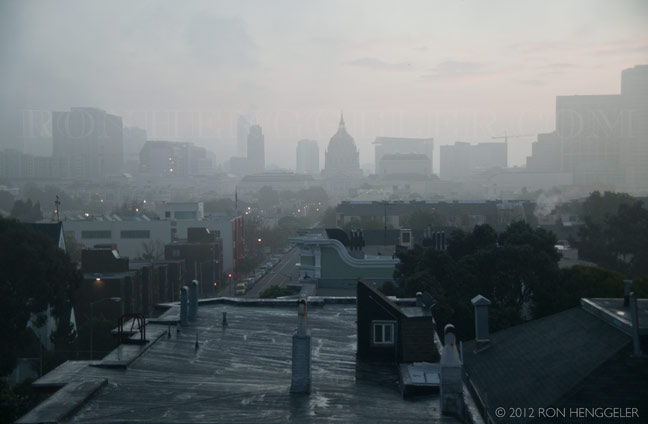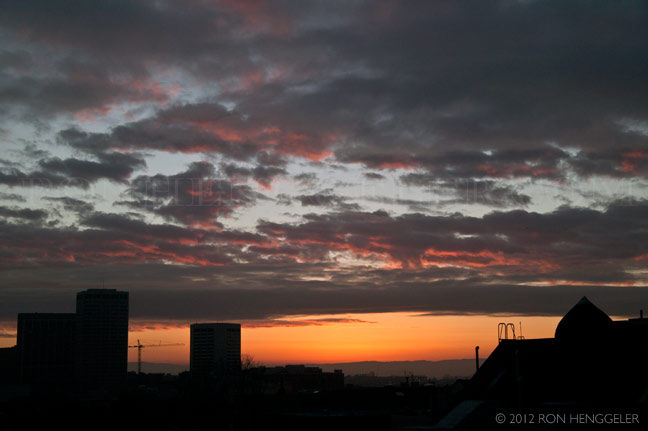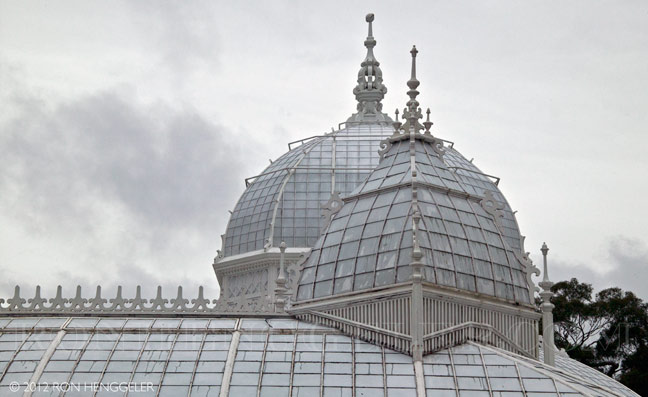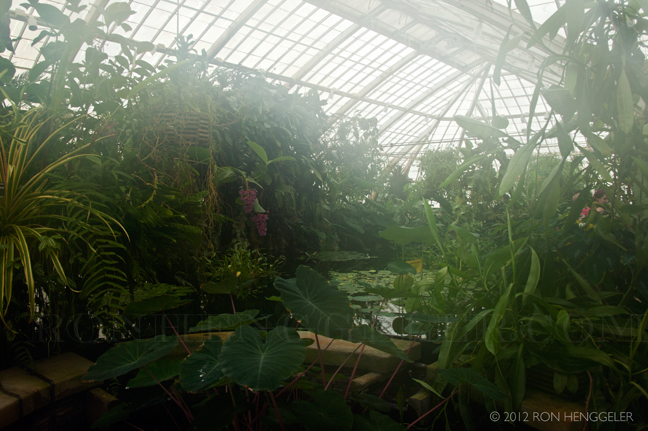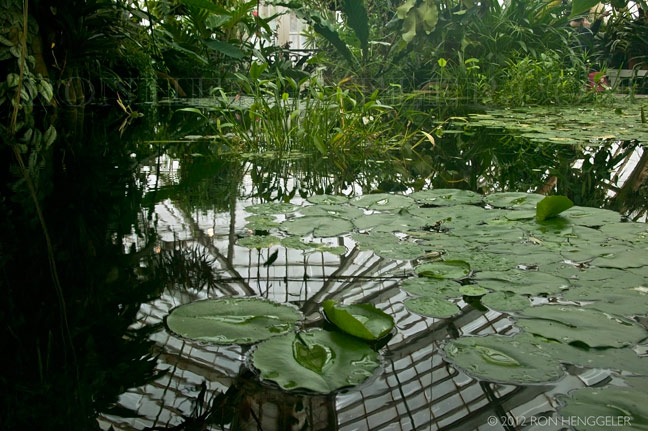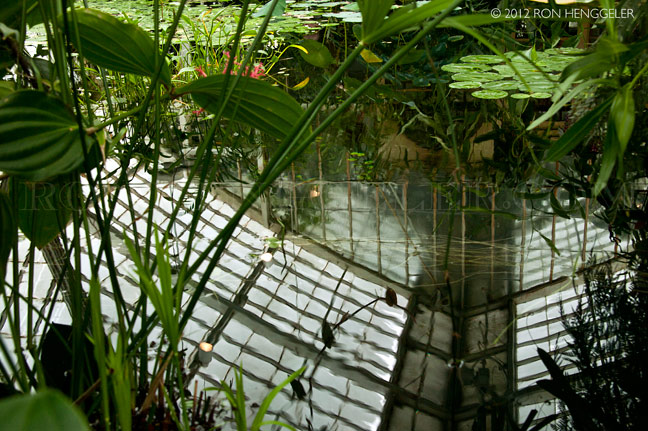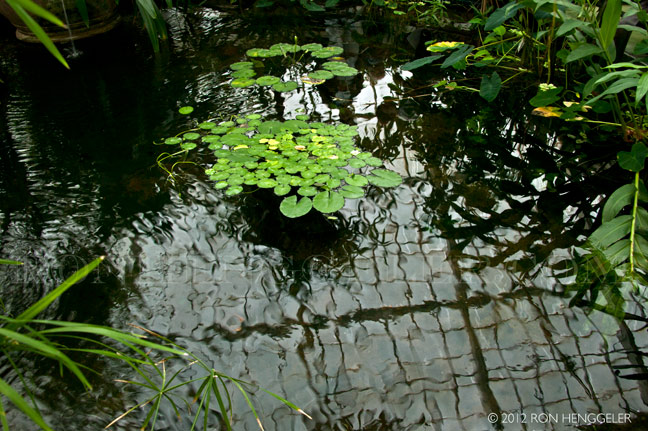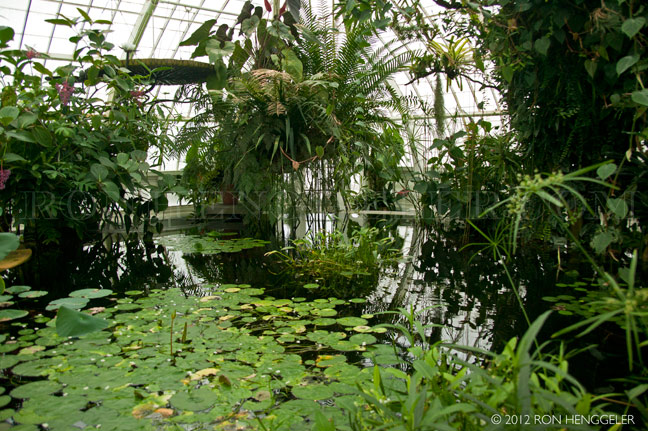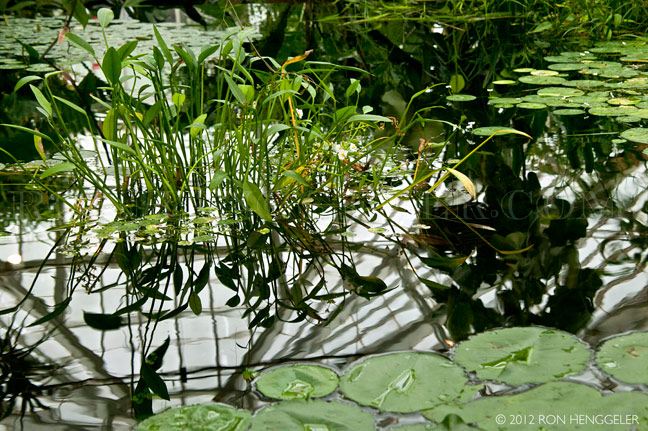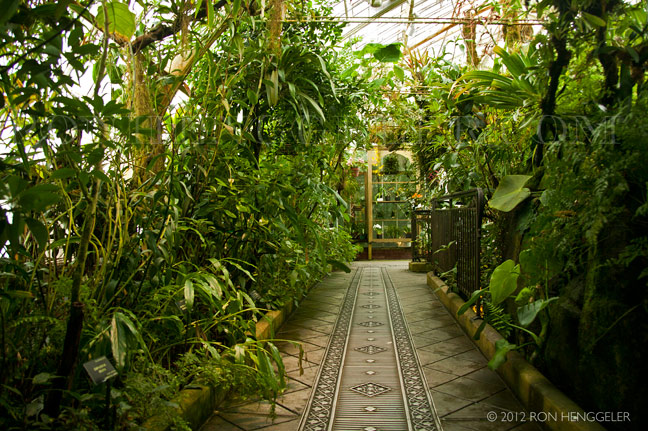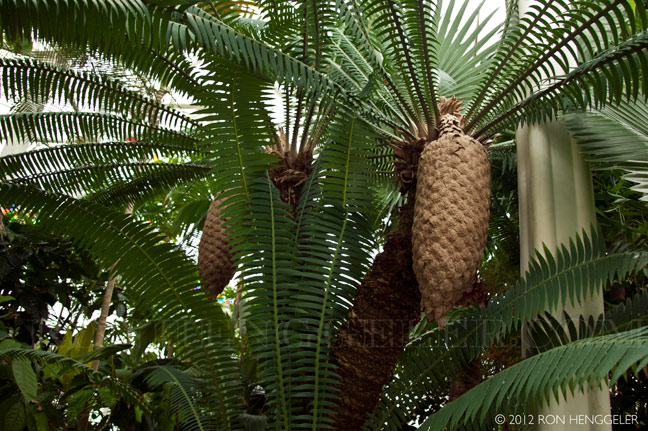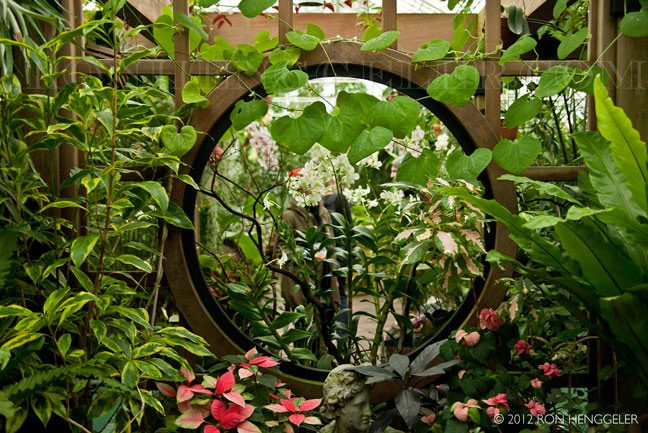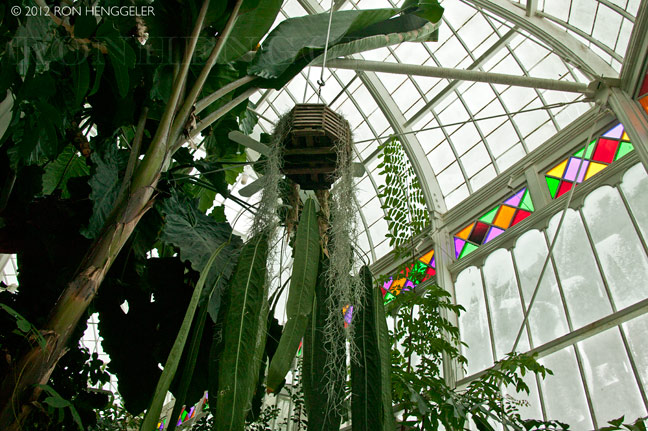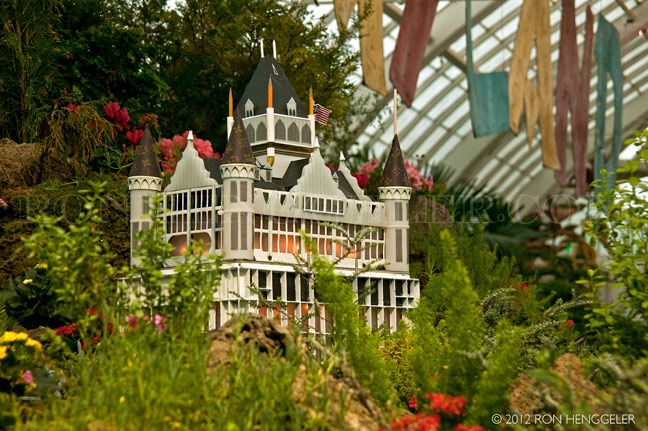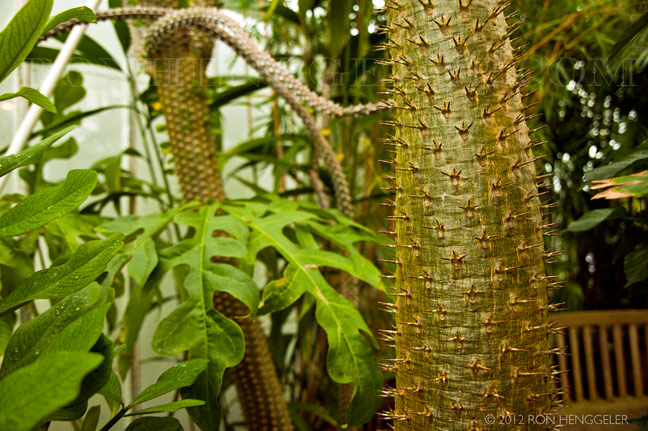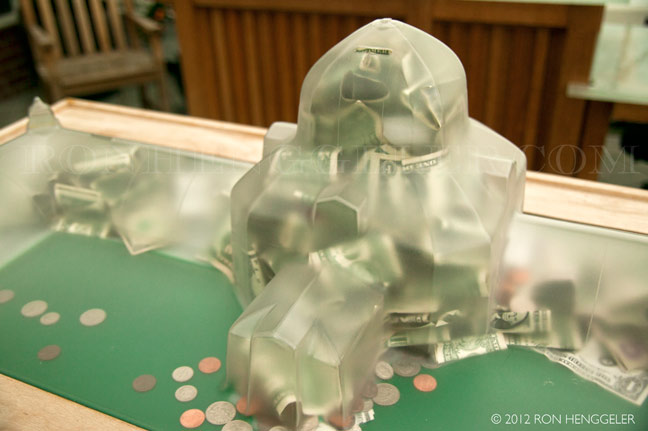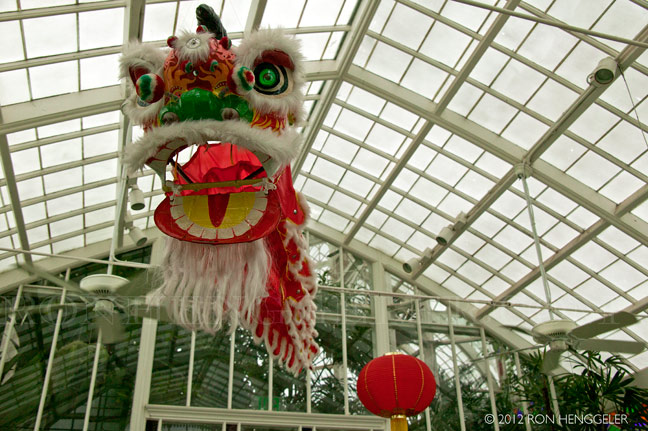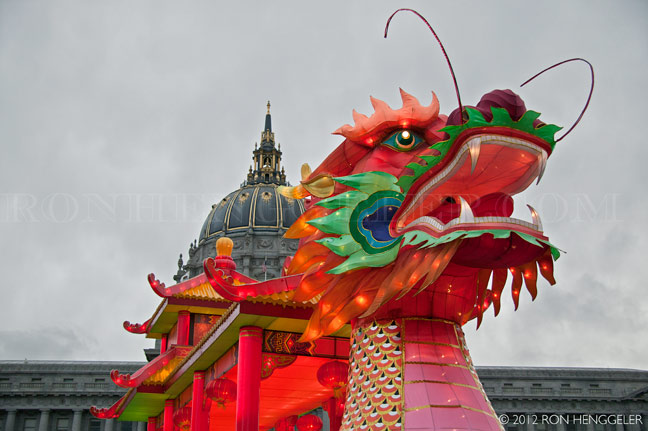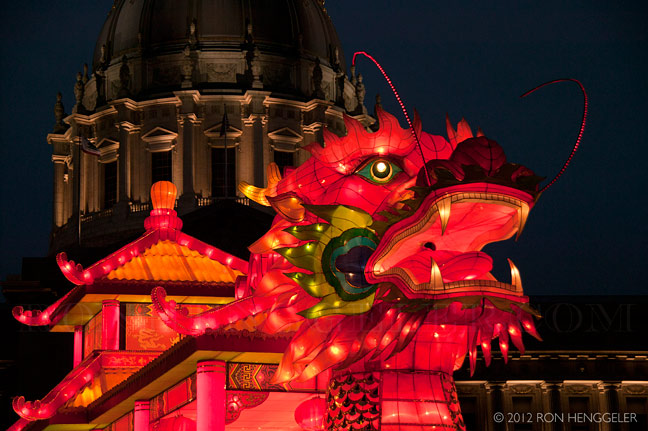RON HENGGELER |
February 12, 2012
Conservatory of Flowers in Golden Gate Park
Dawn in san Francisco from my window |
Dawn in san Francisco from my window |
The Conservatory of Flowers is a greenhouse and botanical garden that houses a collection of rare and exotic plants in Golden Gate Park, San Francisco, California. With construction having been completed in 1878, it is oldest building in the park. It was one of the first municipal conservatories constructed in the United States and is the oldest remaining municipal wooden conservatory in the country. |
The Conservatory of Flowers is an elaborate Victorian greenhouse with a central dome rising nearly 60 feet high and arch-shaped wings extending from it for an overall length of 240 feet. The building sits atop a gentle slope overlooking Conservatory Valley. The structural members are articulated through one predominant form, a four-centered or Tudor arch. |
The Conservatory kit was bought by James Lick, an eccentric businessman, piano maker, and successful real estate investor who was a patron of the sciences. It was intended for the City of San Jose, where Lick had built a mansion surrounded by exotic plants imported from South America and around the world. Lick died in 1876 before constructing the conservatory on his estate, and it was put up for sale by his trustees. The kit was then purchased by a group of prominent San Franciscans, including Leland Stanford and Charles Crocker, who offered it as a gift to the City of San Francisco for use in Golden Gate Park. The Parks Commission accepted the gift and hired Lord & Burnham, a greenhouse manufacturing company from New York, to supervise the erection of the structure. Once open, it contained a large variety of rare and tropical plants, including a giant water lily, Victoria regia, which at the time was the only known specimen in the United States. |
The Conservatory of Flowers consists of a wood structural skeleton with glass walls set on a raised masonry foundation. The entire structure has a shallow E-shaped plan that is oriented along an east-west axis. The central 60-foot (18 m) high pavilion is entered through a one-story, glassed-in vestibule with a gable roof on the south side of the pavilion. Flanking the rotunda to the east and west are one-story, symmetrical wings framed by wood arches. Each wing is L-shaped in plan, with cupolas adorning the intersection of the two segments. |
The 19th-century glasshouse grew out of the city-dweller’s desire to bring nature and the natural into urban life. [7] These structures became popular in urban, public, and semi-public settings. As these structures gained popularity in Europe, greenhouses began to be constructed on larger scales and of stronger materials. |
It is widely believed that the building was fabricated in England and shipped around Cape Horn to California. However, different sources have stated that it originated in England, France, or Ireland, but no primary records have confirmed these statements. Materials analysis suggests that the structural wooden members were constructed of indigenous California Coast Redwood.
|
Despite its prominence as a San Francisco landmark, no primary source has been found that clearly identifies the origin of the Conservatory of Flowers. Contributing to the confusion is erroneous information, based upon misunderstanding of the building or a cursory review of historic documentation that has appeared in print. Some historic documentation infers that the building was imported. Since it was common for conservatories to be shipped far from the place of manufacture, one could be led to conclude that this was the case with the Conservatory of Flowers. However, there is no historic information to substantiate the importation of the structure. |
The conservatory has 16,800 window panes. The upper dome of the conservatory weighs 14.5 tonnes. |
|
|
The octagonal pavilion supports an arched roof that is, in turn, surmounted by a clerestory and dome. The clerestory is supported by eight free-standing, wood-clad, cast-iron columns located within the rotunda and grouped in pairs. Projecting from the pavilion roof on the east, west, and south elevations are dormer windows with peak roofs. Between major arched structural framing members are wood muntins that hold the glass lights on their sides. The lights lap one over one another like shingles and follow the curve of the arches. |
|
|
|
Happy Chinese New Year 2012 |
A Chinese New Year Dragon Boat in the Civic Center Plaza |
A Chinese New Year Dragon Boat in the Civic Center Plaza |
Newsletters Index: 2015, 2014, 2013, 2012, 2011, 2010, 2009, 2008, 2007, 2006
Photography Index | Graphics Index | History Index
Home | Gallery | About Me | Links | Contact
© 2015 All rights reserved
The images are not in the public domain. They are the sole property of the
artist and may not be reproduced on the Internet, sold, altered, enhanced,
modified by artificial, digital or computer imaging or in any other form
without the express written permission of the artist. Non-watermarked copies of photographs on this site can be purchased by contacting Ron.
